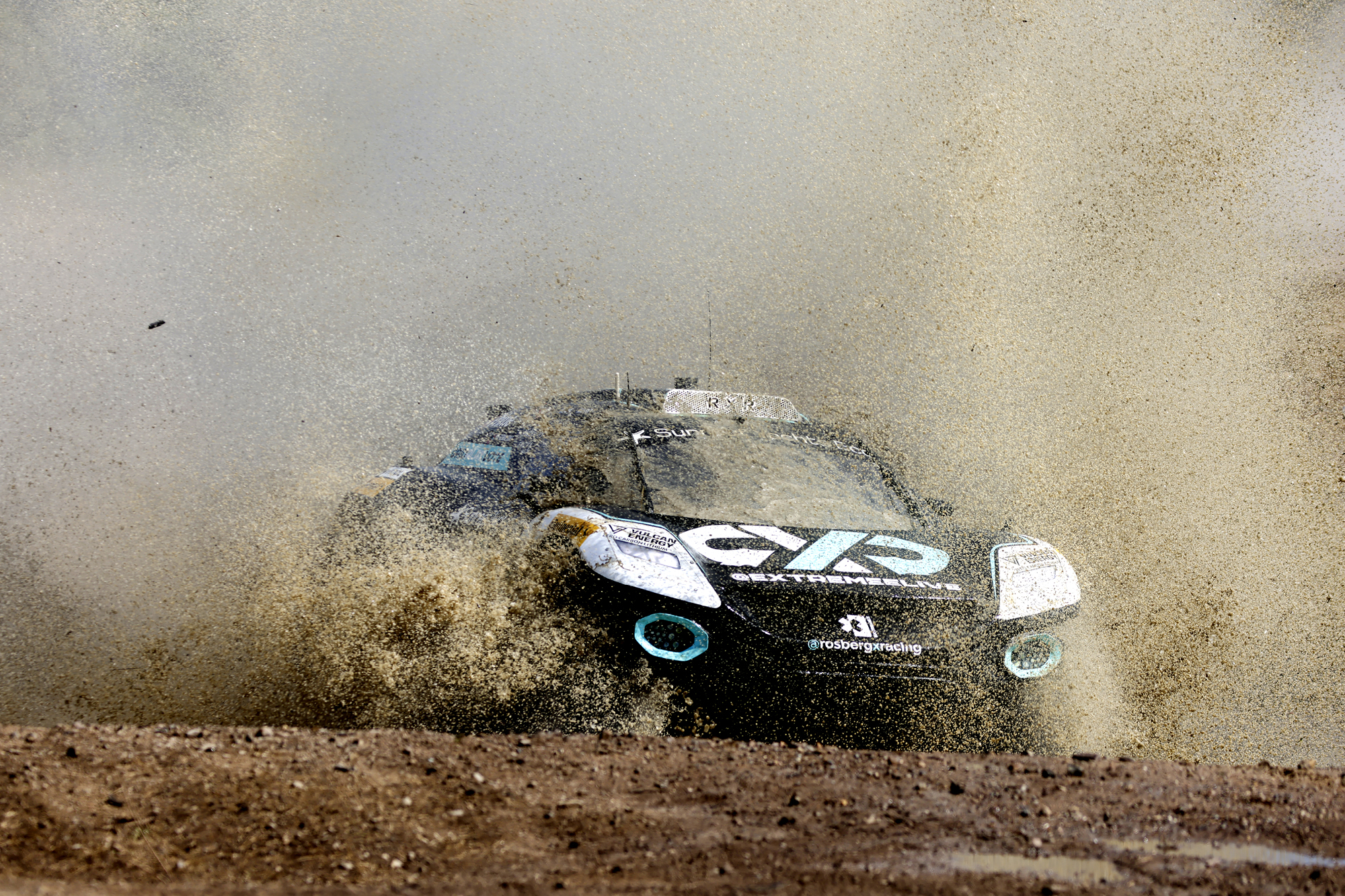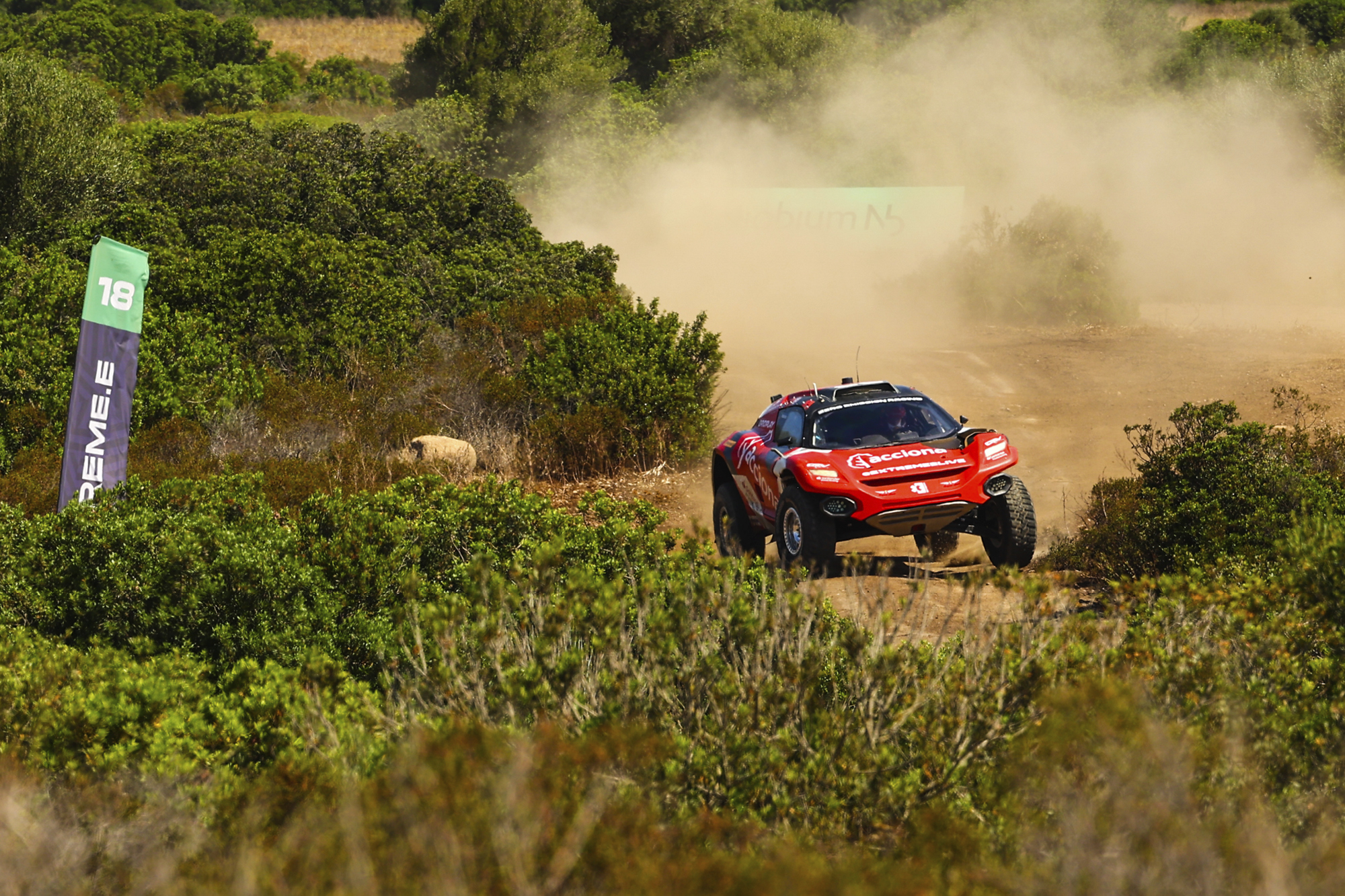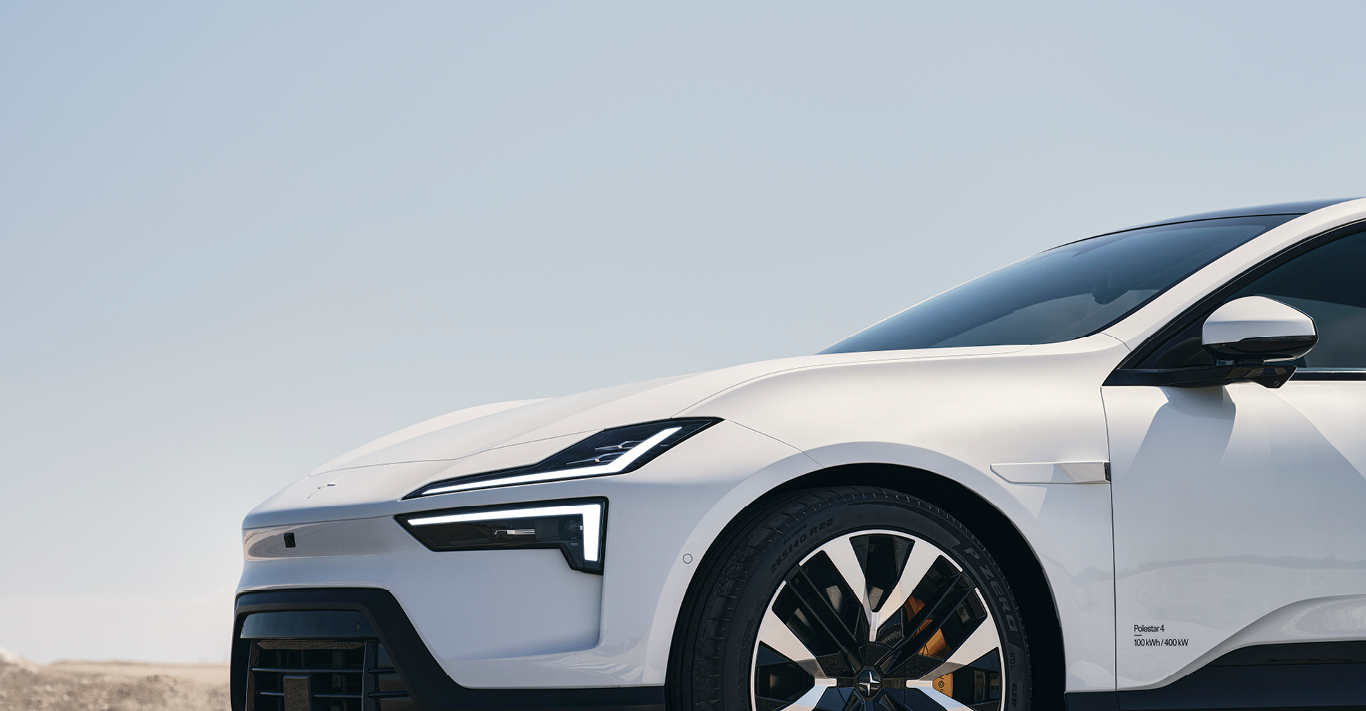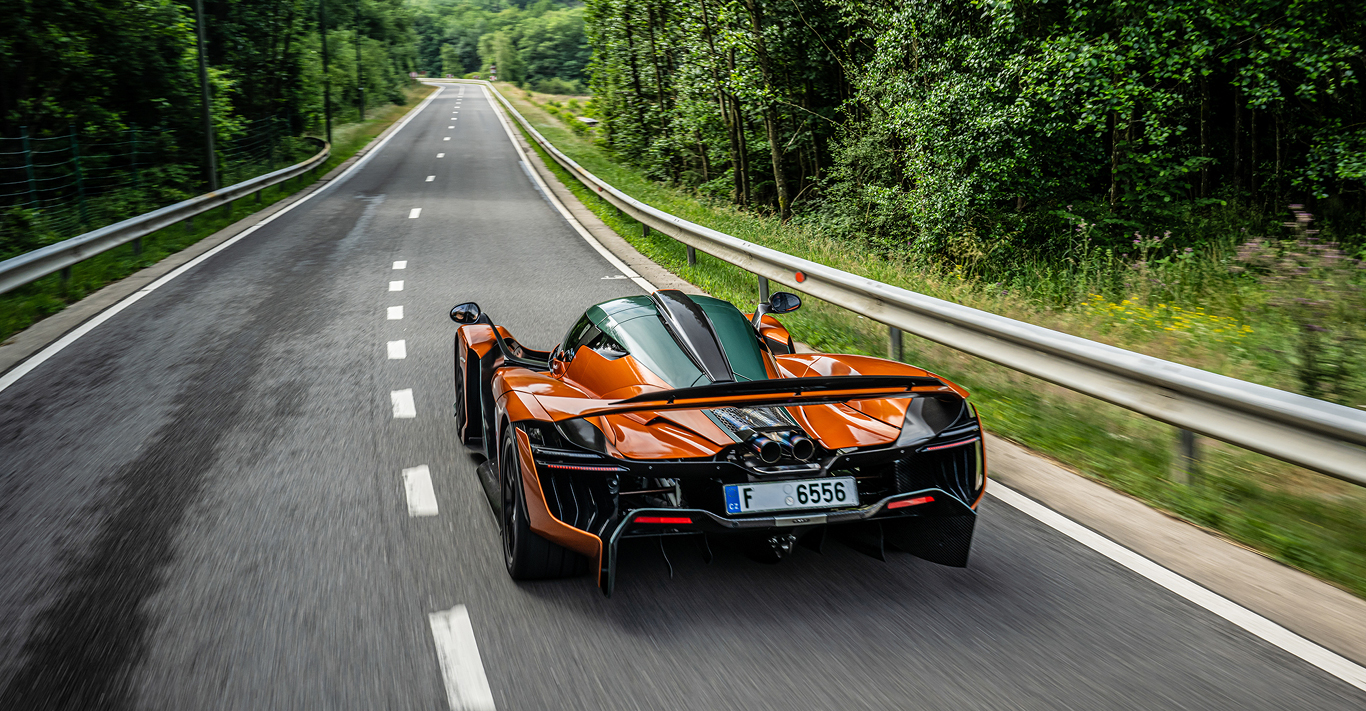WORDS
Amy Miles
On a scorching morning in south Sardinia, Brummell is off-road in a sticky military vehicle, driving inland to the location of the Island X Prix. It is the third race of the Extreme E rallying championship, where 10 teams will battle for pole position in fully electric SUVs.
There is a drought here and locals say that it hasn’t rained for several hundred days, which means that the usually verdant landscape has transformed into rugged, desert-like terrain and Extreme E’s pop-up town in the heart of the Teulada military base, where we are heading, is now reminiscent of Tatooine. It’s all beige tents, blazing sun and a dusty haze, which is apt since we’re told that the series’ founder, Alejandro Agag, is indeed a Star Wars fan.

One might expect Agag to cut an imposing figure, what with his record as a former politician, Formula 1 team owner, creator of the Formula E electric motor racing series and most recently, Extreme E, which is in its second season. In reality, he is charismatic, charming and genuinely passionate about climate change – the founding principle of Extreme E.
‘Entertainment is the hook and the race is at the core – we need it to be exciting, but the objective is to highlight the problems [of climate change] through the race,’ Agag explains. ‘Sport has a huge power to attract attention. Once you get the attention, you can send the message about sustainability, about what’s happening in the forests here [in Sardinia], in the Amazon…’
Agag and his team select locations that have already been affected by climate change, and have raced in the UK, Greenland and Senegal, among others, travelling on the ship that he bought to transport the entire championship’s cargo (as well as a team of scientists) in a more sustainable way than by air or road. Legacy programmes also ensure that Extreme E leaves a lasting positive impact on each region.
For Senegal, this meant planting mangrove trees; in Greenland, it was partnering with Unicef on children’s climate education, and in Sardinia, it involves the MedSea Foundation, which works to protect and conserve marine life in the Mediterranean Sea. In partnership with the series’ sponsor Zenith – which has created a limited-edition watch for the occasion – the organisation has supported scientists in the painstaking process of planting seagrass. The marine plant has suffered huge habitat loss in recent decades, but can play a vital role in reducing CO2 emissions by absorbing carbon.
Gender equality is another important factor for Extreme E, and so each team consists of a male and female who share driving responsibilities equally. Considering motorsport’s reputation as a highly polluting and male-dominated industry, Extreme E’s principles feel refreshing and make for a promising future. So much so that the likes of Lewis Hamilton and Nico Rosberg have both invested in their own teams.
‘I’m really passionate about innovation that combats climate change and other sustainability matters,’ explains Rosberg. ‘When I grew up in Monaco, doing good for others and society wasn’t really at the forefront of things, so I would like to inspire my two little daughters from early on to take this path.’
On to the racing, then. Five huge Spark Odyssey 21 SUVs (powered entirely by hydrogen-charged batteries) bounce and tumble through the dust in the qualifying heats, with star drivers Carlos Sainz Sr and Catie Munnings putting on the most exciting shows. Their results determine the order for progressing through semi-final rounds, before three teams race in the final. It is Rosberg’s team that takes the overall win, thanks to driver Mikaela Åhlin-Kottulinsky making a late pass on ABT CUPRA XE’s Jutta Kleinschmidt. The final race, which requires teams to make two laps of the rally course (switching drivers in between), is quick but thrilling, and there is a sense that the addition of roaring spectators would make it that much more of an event. But that, Extreme E says, would substantially increase the carbon footprint and logistics involved, and so fans are invited to stream the weekend’s races online instead – there are just a few hundred people here at Teulada military base and most are team members or press, the aim being to leave no trace.

Later, aboard the Extreme E ship, St Helena – which is painted with “it’s not electric – yet!” across the side – Agag describes struggling to find a ship big enough to accommodate both people and cargo, but on reading a BBC article about the decommissioned passenger ship that served the Saint Helena island, he realised it’d be perfect. It is also a former Royal Mail vessel and was more function than form before now, so there was an extensive renovation to ensure the comfort of guests. And, as spacious as it is, it is still amazing to think that all 10 eSUVs load into the cargo area (using the ship’s integrated crane), along with everything else we’ve seen at the pop-up town in previous days.
Some will argue that travelling around the world for a racing series isn’t the most sustainable way to highlight climate change issues, but it’s worth remembering that few sustainability initiatives are entirely carbon neutral and without criticism.
Agag has this to say: ‘We’re not going to change the world with our actions; it’s just a small contribution. But at least you set an example that other people may follow. The negative message doesn’t work but the positive one does. If you tell people that everyone is littering, then more people will do it, but if you tell people that 300 million people don’t throw garbage on the floor, then everyone will want to be clean. I want to send a positive message and do something good. We are optimistic.’





